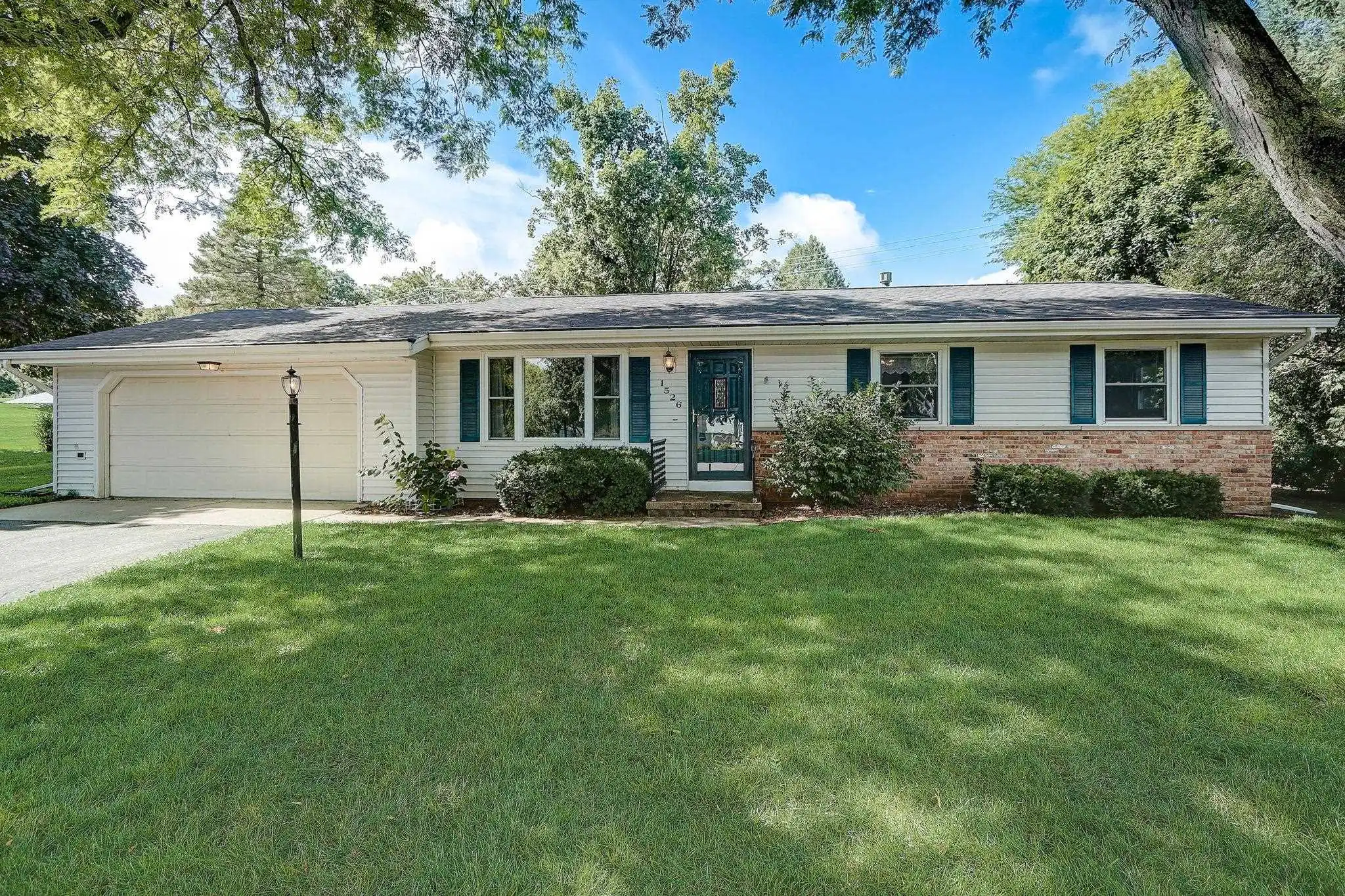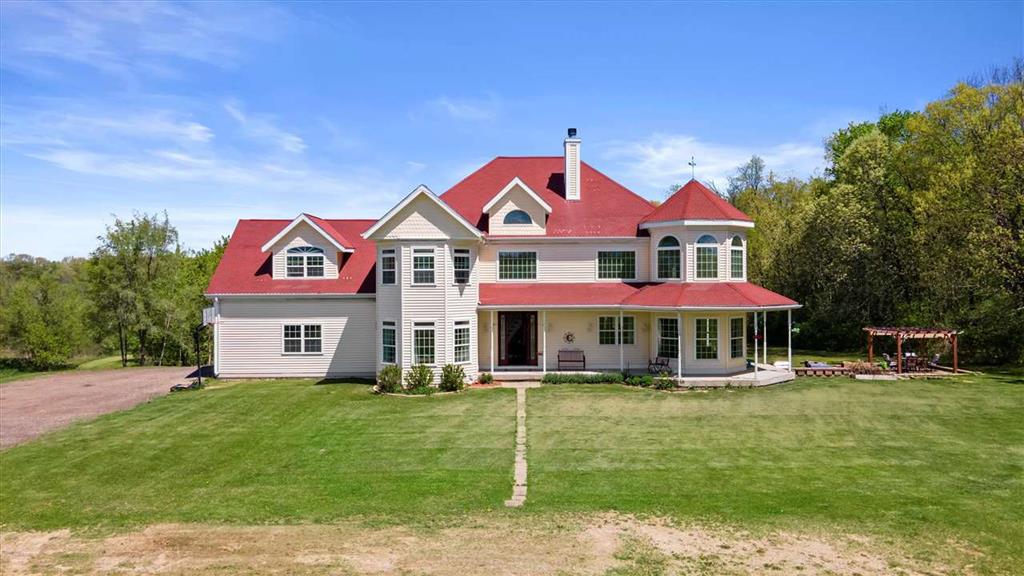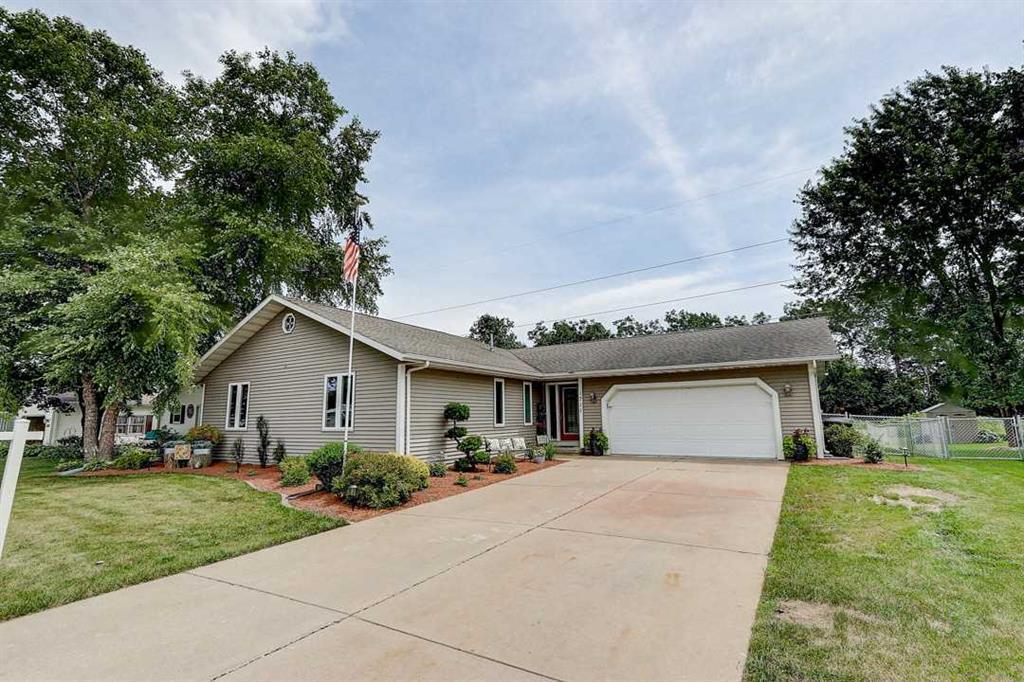Let’s Explore Your Selling Options. We'll help you sell your home at the price and terms you want. Free Selling Strategy Call
Recently, the media has been abuzz with headlines about skyrocketing home prices, making it seem nearly impossible for the average person to purchase a home. Today, let’s take a closer look at the reality behind these claims and uncover some key facts about the current state of home prices and affordability.
To begin, let’s examine where home prices stand today. If we delve into historical data, we see a consistent pattern: homes generally appreciate in value by around 4% annually. This long-term trend held steady for a considerable period, until a notable bump occurred around 2006 due to a surge in home values. Fast forward to the present, and we find that home prices are only about 7% above that historical trend line.
This upward trajectory is a result of the market recovering from the Great Recession and navigating through the challenges posed by the pandemic. While it might appear that prices are soaring uncontrollably, the data suggests a more nuanced story.
Both on a local and national scale, the driving force behind the current price situation is the ongoing issue of inventory scarcity. Homes in demand are far outstripping available supply, creating a persistent seller’s market. Nationally, the data reflects this: there has been an inability to exceed three to three and a half months of housing inventory over the past couple of years. In contrast, a buyer’s market typically requires a surplus of six months or more in inventory.
Locally, the situation is even more pronounced, particularly in the greater Madison area. Here, the available inventory is even scarcer, often averaging around a month or less. This supply-demand imbalance inevitably exerts upward pressure on prices, as eager buyers compete for limited properties.
An often overlooked factor in the affordability equation is new home construction. Over the long term, a steady supply of new homes is essential to meet the consistent demand. The ideal target is about a million new homes constructed annually. Unfortunately, recent projections indicate a shortfall in this supply, putting a strain on the market’s ability to meet housing needs.
While there was a slight improvement in new-home starts over the past year, it barely exceeded the million mark, and the current year’s projections are lagging behind. This shortage further contributes to the challenges of achieving a balanced and affordable housing market.
So, how do we determine whether a home is truly affordable? It’s essential to shift the focus from raw prices and fluctuating interest rates to a more insightful metric: the percentage of an average buyer’s income required to cover the principal and interest of a mortgage.
Over the decades, historical data reveals that a homeowner’s income should ideally allocate around 27% of their earnings to mortgage-related costs. Presently, we find ourselves just slightly above that trend line, with the current figure hovering around 29%. This perspective allows us to gauge affordability more accurately, looking beyond nominal prices and considering the practical impact on household finances.
Remember, a home’s affordability isn’t solely determined by price tags and interest rates; it’s also about the proportion of your income required to manage your mortgage. If this aspect aligns with the 27%-29% range, homeownership could be a viable option.
If you’re seeking further insights or guidance in navigating the real estate landscape, don’t hesitate to reach out. Feel free to contact us at 608-345-6594 or drop an email at JDHolt@KW.com. Our goal is to foster informed conversations and provide clarity about the intricate workings of the real estate market.
-
Let’s Explore Your Selling Options. We'll help you sell your home at the price and terms you want. Free Selling Strategy Call
-
Free Home Value Estimate. Know the value of your property for a cash offer or traditional listing. Request My Value
-
Free Madison Real Estate Newsletter. Get our latest Q&A, insights, and market updates to make smarter decisions. Subscribe Now







